The ability for apps and devices to determine the precise location of physical and virtual objects in space is a key component of augmented reality experiences, and the latest advancements in Bluetooth technology may have a hand in facilitating such location services in the near future.
On Monday, the Bluetooth Special Interest Group (SIG), the governing body of all things Bluetooth, announced that Bluetooth 5.1, available now to developers, will bring enhanced location services to supported devices.

The new feature set will enable apps to determine the directional location of connected devices with accuracy to the centimeter. By comparison, smartphone GPS sensors typically achieve location accuracy within 4.9 meters according to the US National Oceanic and Atmospheric Administration.
"Location services is one of the fastest growing solution areas for Bluetooth technology, and is forecasted to reach over 400 million products per year by 2022," said Mark Powell, Bluetooth SIG executive director, in a statement. "This is great traction and the Bluetooth community continues to seek ways to further grow this market with technology enhancements that better address market needs, demonstrating the community's commitment to driving innovation and enriching the technology experience of users worldwide."
With precise location and directional information, Bluetooth 5.1 can give developers the ability to integrate connected devices into augmented reality experiences such as indoor navigation and object tracking.
To date, AR indoor navigation solutions, such as those presented by Blippar and Google, have relied on visual identification of landmarks and waypoints to maintain positional accuracy. In these scenarios, Bluetooth devices can serve as a substitute for visual markers.
Augmented reality platforms for enterprise businesses, like Upskill and Ubimax, also offer asset management and logistics use cases, where augmented reality prompts guide workers to products stored in warehouses or shelves holding components. Also, Bluetooth 5.1 could enable software makers to replace barcode scanning with Bluetooth detecting.
On the consumer side, Bluetooth object tracker Pixie already offers an augmented reality experience that guides users to the general location of keys, wallets, and other easy-to-misplace items. Bluetooth 5.1 could allow the company to provide customers with a more exact location of their tracked belongings.

"Since the introduction of Bluetooth Low Energy in 2010, developers have been able to leverage Bluetooth to create powerful, low cost location services solutions for a variety of applications spanning across consumer, retail, healthcare, public venues, and manufacturing environments," said Andrew Zignani, senior analyst at ABI Research. "The new direction finding feature can help Bluetooth better address the varied and evolving needs of the location industry, enabling more flexible, scalable and futureproof deployments that will further accelerate the adoption of Bluetooth for location services in existing markets, while unlocking additional business opportunities for new applications and use cases."
Perhaps the most intriguing opportunity for Bluetooth 5.1 in augmented reality comes through the AR cloud platforms like the Niantic Real World Platform, 6D.ai, and Ubiquity6. Accuracy is paramount in the AR cloud paradigm to orient multiplayer experiences and anchor persistent content, and Bluetooth could solve the location variable for these burgeoning platforms.
"Bluetooth location accuracy will be a helpful piece of the puzzle for AR systems in determining your location," said Matt Miesnieks, CEO and co-founder of 6D.ai in a statement to Next Reality. "It won't solve all problems, due to limited range and only providing relative location coordinates (i.e. not latitude and longitude, without some precise and custom setup when installing a base station). But AR trackers, and AR cloud systems should be able to add these signals into their algorithms and reduce some of the processing power needed to enable accurate shared and persistent AR experience."
While it is too early to pinpoint which exact implementations Bluetooth 5.1 may make it into near-future augmented reality experiences, the promise of precision location services will be too good for some developers to pass up. It's an area of the industry that will be worth keeping an eye on.
Just updated your iPhone? You'll find new features for Podcasts, News, Books, and TV, as well as important security improvements and fresh wallpapers. Find out what's new and changed on your iPhone with the iOS 17.5 update.


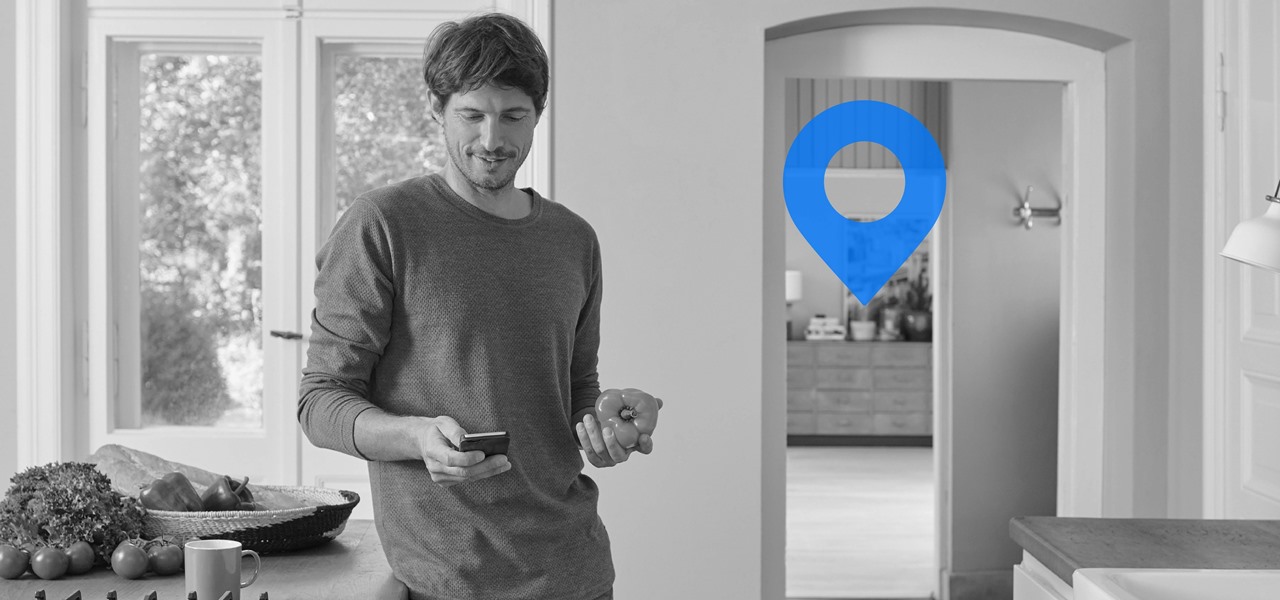
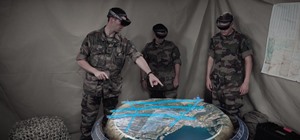
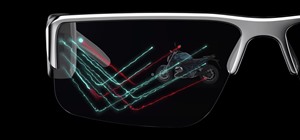

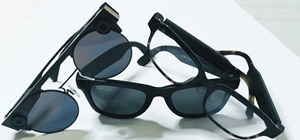
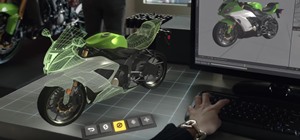


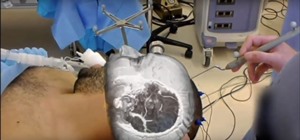
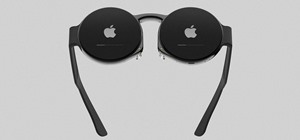



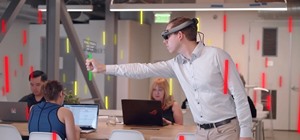
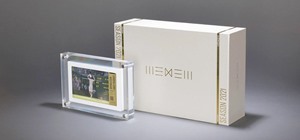

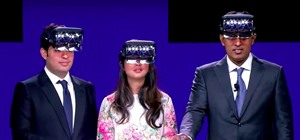



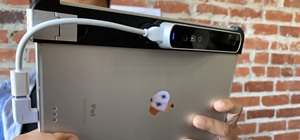
Be the First to Comment
Share Your Thoughts